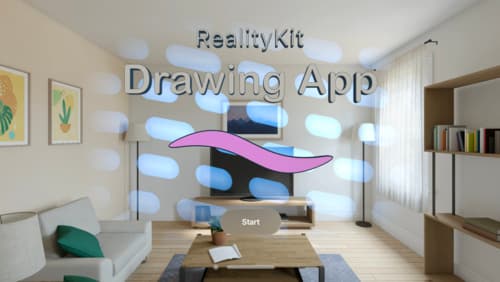what is the difference between arkit and reality kit ?
Asked on 2024-08-03
1 search
The difference between ARKit and RealityKit lies in their primary focus and capabilities:
-
ARKit:
- Purpose: ARKit is primarily designed for augmented reality (AR) experiences. It provides the tools and frameworks necessary to integrate AR into your apps.
- Capabilities: ARKit focuses on tracking the real world and placing virtual objects within it. It handles tasks like motion tracking, environmental understanding, and light estimation to create a seamless blend of virtual and real-world elements.
-
RealityKit:
- Purpose: RealityKit is a high-performance 3D rendering and simulation framework. It is used to create immersive spatial experiences and is tightly integrated with ARKit for AR applications.
- Capabilities: RealityKit offers advanced rendering capabilities, including realistic materials, lighting, and animations. It supports features like blend shapes, inverse kinematics, and animation timelines, which are essential for creating dynamic and responsive 3D content. RealityKit also provides APIs for low-level mesh and texture control, making it suitable for detailed and complex 3D models.
For more detailed information on RealityKit, you can refer to the session Platforms State of the Union (42:00) and Discover RealityKit APIs for iOS, macOS and visionOS (00:00).

Platforms State of the Union
Discover the newest advancements on Apple platforms.

Build a spatial drawing app with RealityKit
Harness the power of RealityKit through the process of building a spatial drawing app. As you create an eye-catching spatial experience that integrates RealityKit with ARKit and SwiftUI, you’ll explore how resources work in RealityKit and how to use features like low-level mesh and texture APIs to achieve fast updates of the users’ brush strokes.

What’s new in USD and MaterialX
Explore updates to Universal Scene Description and MaterialX support on Apple platforms. Discover how these technologies provide a foundation for 3D content creation and delivery, and learn how they can help streamline your workflows for creating great spatial experiences. Learn about USD and MaterialX support in RealityKit and Storm, advancements in our system-provided tooling, and more.
